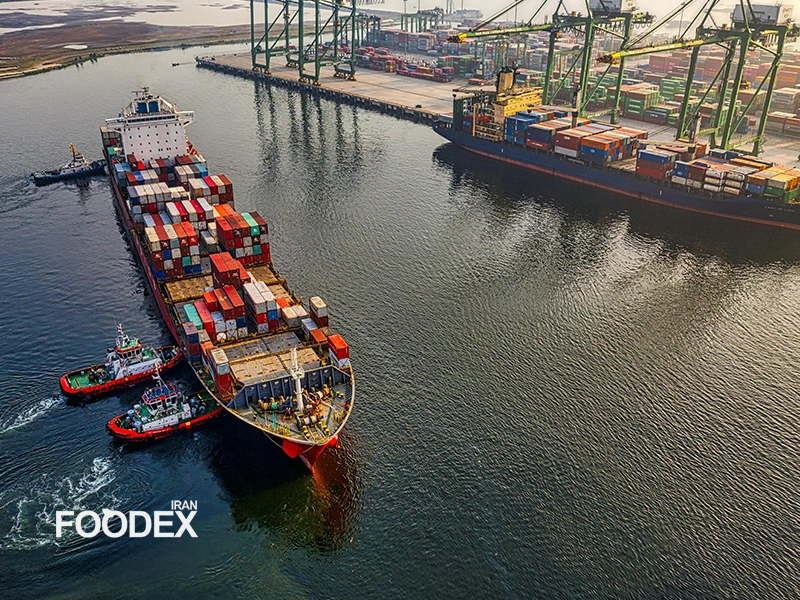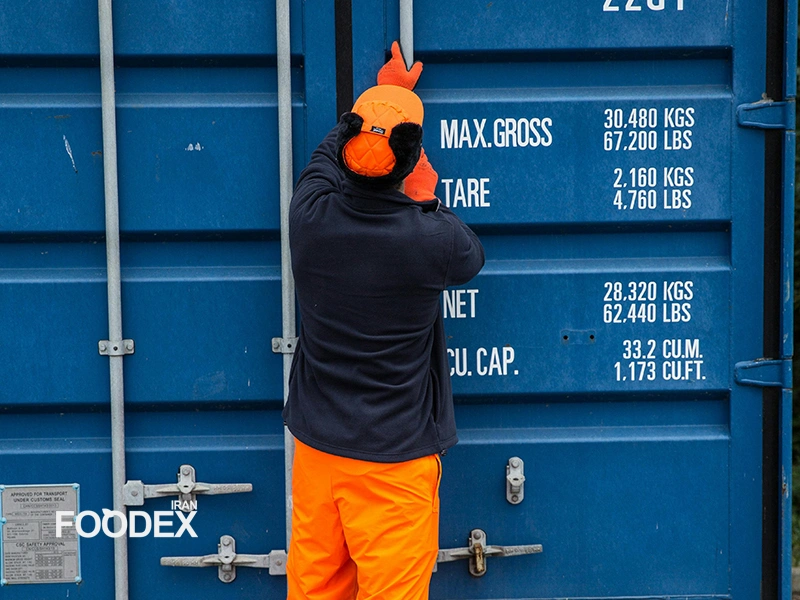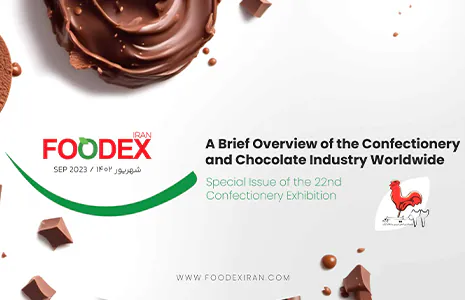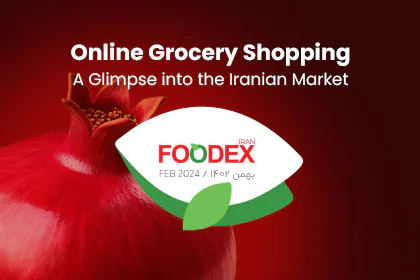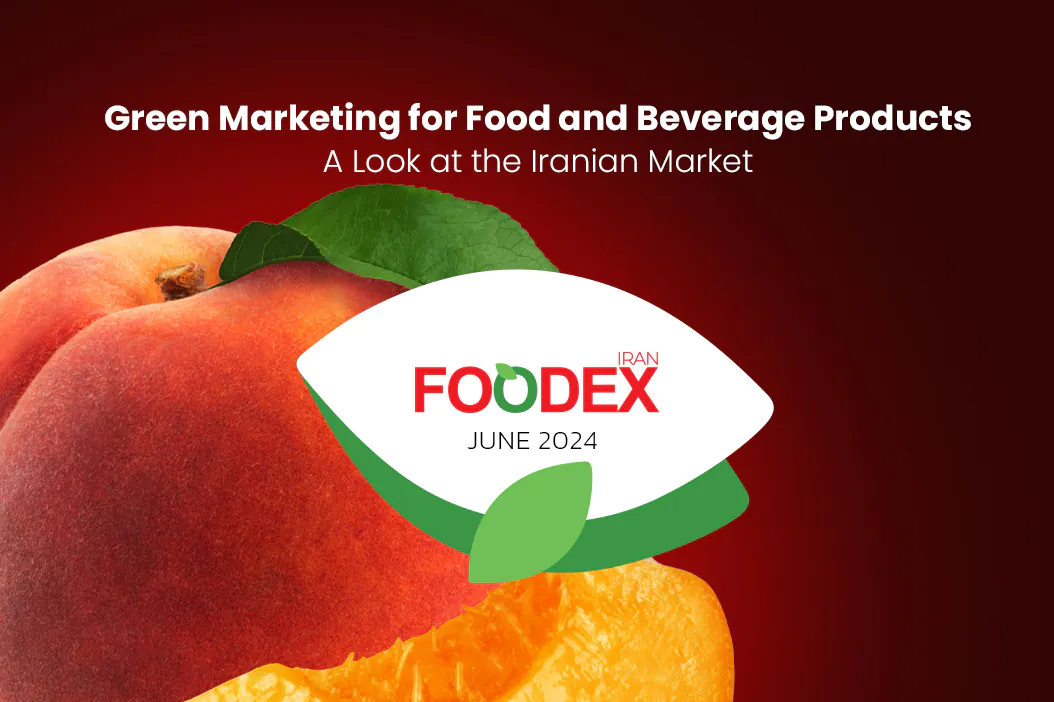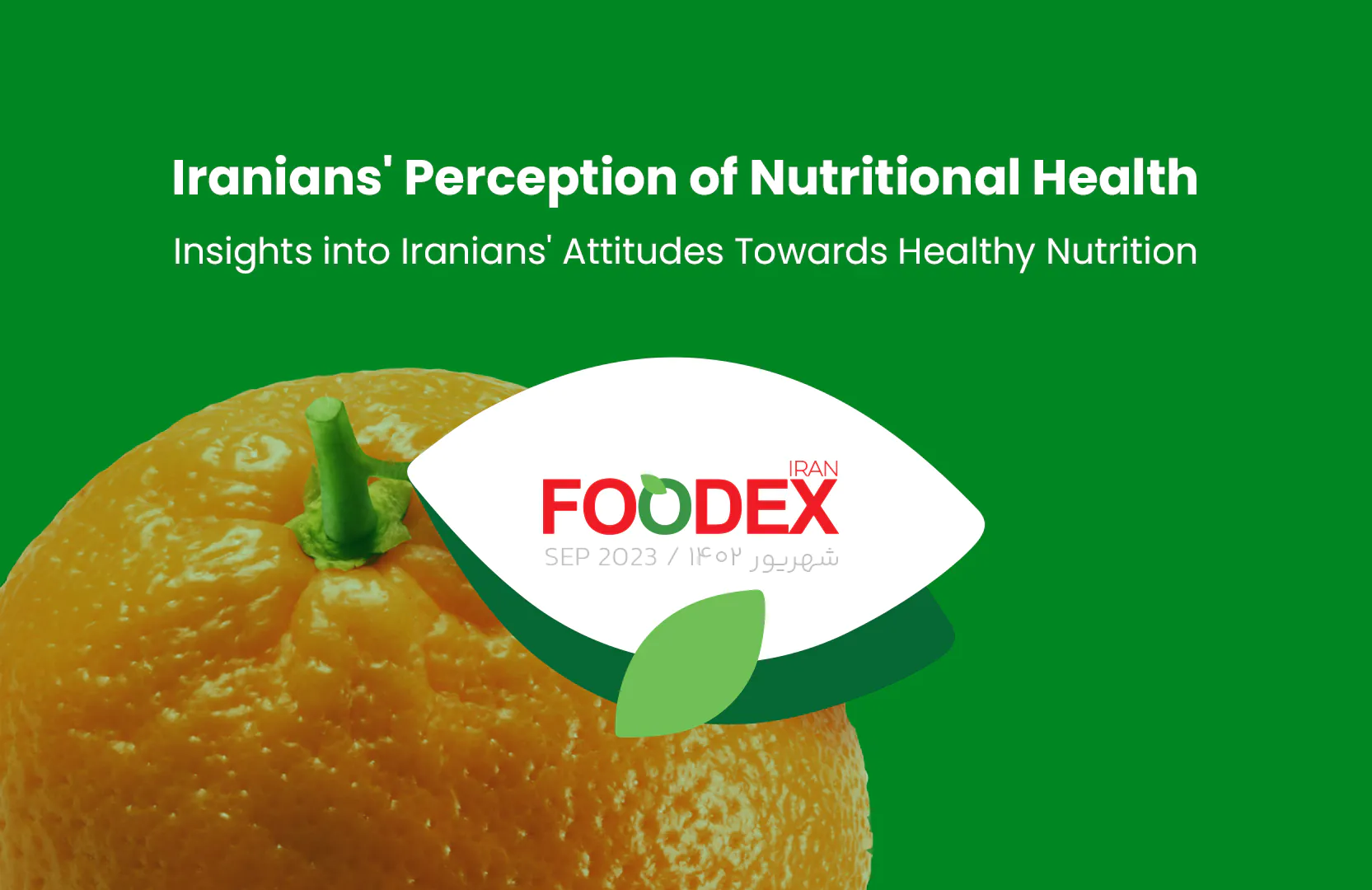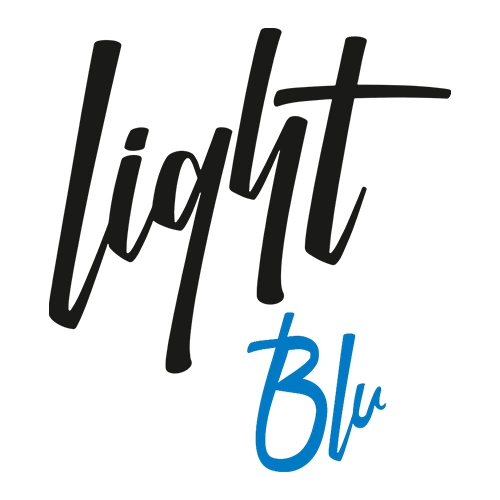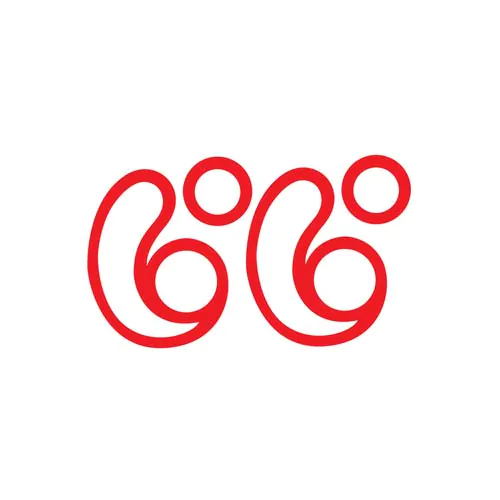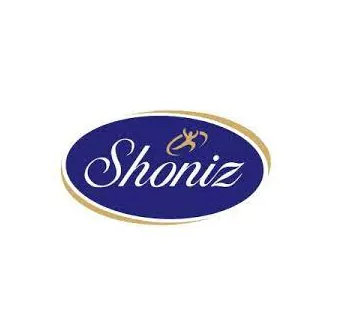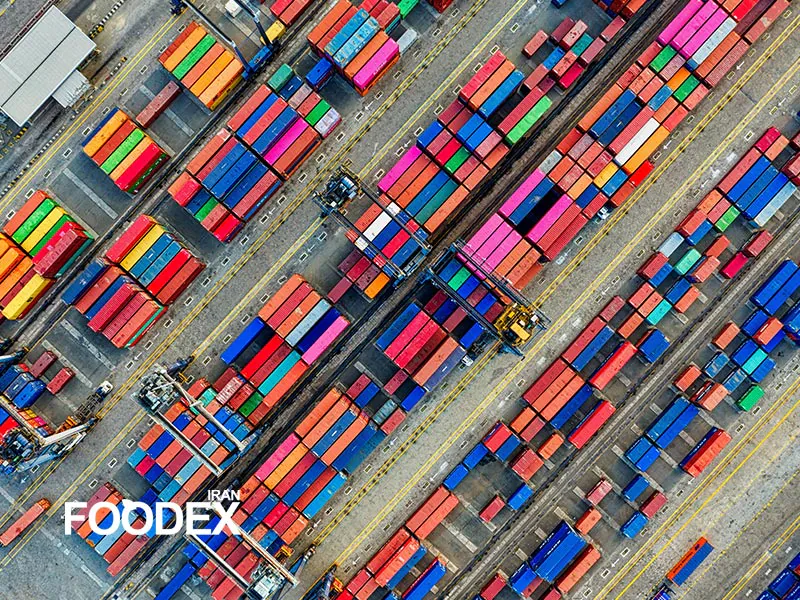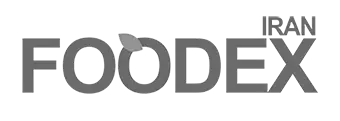You must meet EU standards and regulations to export food products to Europe. This article outlines the necessary licenses and certifications for successful exportation. Comply with these requirements to ensure that the exportation process proceeds smoothly.
This guide will help you understand the procedures and requirements for each certification. By following it, you can confidently market your products in European markets. Read on for detailed information on each step. For more articles on exports and the food industry, check out Foodex Iran magazine.
Health Certificate
What is a Health Certificate?
This certificate confirms that your food product complies with the health and safety standards of the destination country, which is the EU.
Why is a Health Certificate required?
This certificate is essential to ensure consumer health and to prevent unsafe products from entering European markets.
For which products is a Health Certificate required?
This certificate is mandatory for all food products, especially those of animal origin, such as meat, dairy, and fish.
Process for Obtaining a Health Certificate:
Visit the relevant organization: Bring identification and related documents to the Veterinary Organization or the Food and Drug Organization.
Submit a product sample: Provide a sample for the necessary tests.
Testing: The product undergoes microbiological, chemical, and physical tests.
Certificate issuance: The health certificate is issued if the test results are approved.
Requirements
Exporting company identification documents.
Complete product details, including type, composition, and quantity.
Results of microbiological, chemical, and physical tests.
Certificate of Origin
What is a Certificate of Origin?
This certificate verifies that your product was manufactured in a specific country.
Why is a Certificate of Origin required?
It is necessary to determine customs tariffs and leverage trade benefits between countries.
For which products is a Certificate of Origin required?
This certificate is mandatory for all exported products.
Issuing Authority
The Chamber of Commerce, Industries, Mines, and Agriculture of Iran is responsible for issuing this certificate.
Process for Obtaining a Certificate of Origin
Visit the Chamber of Commerce: Go to your local chamber office.
Submit documents: Provide the sales invoice, proforma, and shipping documents.
Verification and approval: The documents are reviewed, and the Certificate of Origin is issued if accurate.
Requirements
Valid commercial card of the company.
Sales invoice and proforma.
Relevant shipping documents.
Food Export
How to Get Prepared and Enter Global MarketsStandard Certificate
What is a Standard Certificate?
This certificate confirms that your product complies with national and international standards.
Why is a Standard Certificate required?
It ensures that your product meets international market quality and safety standards.
For which products is a Standard Certificate required?
Products with defined standards.
Issuing Authority
The National Standards Organization of Iran is responsible for issuing this certificate.
Process for Obtaining a Standard Certificate
Visit the Standards Organization: Bring relevant documents to the organization.
Submit a product sample: Provide a sample for testing.
Testing: The product is tested for compliance with applicable standards.
Certificate issuance: The certificate is issued upon approval.
Requirements
Company identification documents.
Detailed product specifications.
Test results.
Analysis Reports
What are Analysis Reports?
These reports include the results of microbiological, chemical, and physical tests on the product.
Why are Analysis Reports required?
They ensure that your product complies with quality and safety standards.
For which products are Analysis Reports required?
All food products require these reports.
Issuing Authority
Certified laboratories approved by the relevant organizations provide these reports.
Process for Obtaining Analysis Reports
Choose a certified lab: Select a lab with the necessary approvals.
Send a product sample: Submit a sample for the required tests.
Testing: The lab conducts microbiological, chemical, and physical tests.
Receive the report: The official test results are provided.
Requirements
Product sample.
Complete product details, including composition, weight, and packaging.
Payment for testing fees.
Declaration of Conformity (DoC)
What is a Declaration of Conformity?
This is a formal document from the producer or exporter verifying that the product meets relevant EU regulations and standards, including safety and hygiene laws.
Why is a Declaration of Conformity required?
It shows the producer’s responsibility for product safety and quality and is demanded by customs authorities and European importers.
For which products is a Declaration of Conformity required?
It includes all processed or packaged foodstuffs, particularly sensitive products such as dairy, canned, and ready-to-eat foods.
Issuing Authority
Producers collaborate with European importers or consulting firms and EU-approved laboratories.
Process for Obtaining a Declaration of Conformity
Gather information: Include product regulations, test results, and specifications.
Prepare documents: Cover composition, production processes, and packaging materials.
Collaborate with the importer: Final conformity approval by customs authorities.
Issue the declaration: Prepare an official document with product details, compliance standards, signature, and date.
Requirements
Laboratory reports.
Health Certificate.
Complete product and packaging details.
Packaging and Labeling Certificate
What is a Packaging and Labeling Certificate?
This certificate ensures that your product’s packaging and labeling comply with EU regulations.
Why is a Packaging and Labeling Certificate required?
It ensures safe product transportation and accurate consumer information about contents, expiration dates, and storage conditions.
For which products is a Packaging and Labeling Certificate required?
Packaged products include canned goods, beverages, and dry or ready-to-eat foods.
Issuing Authority
The National Standards Organization of Iran or export consulting firms.
Process for Obtaining a Packaging and Labeling Certificate
Prepare the label: Include product name, composition, net weight, production and expiration dates, storage instructions, and barcode.
Select packaging materials: Ensure compatibility with the product and compliance with EU regulations.
Submit for review: Send packaging and labeling for examination.
Receive the certificate: Issued upon approval.
Requirements
Packaging specifications.
Label design.
Packaging lab reports.
Labeling standards.
Recommended Resources for Further Reading
For more information on export regulations to Europe, consider the following resources:
EU Packaging and Labeling Regulations
Codex Alimentarius for Labeling
For specialized articles on the food and beverage export industry, follow Foodex Iran magazine.
Frequently Asked Questions
What is a Health Certificate?
A document that verifies your food products meet the health and safety standards of the destination country.
What is a Certificate of Origin?
A certificate confirming the country where your product was manufactured, used to determine customs duties and trade benefits.
What is a Standard Certificate?
A document certifying that your product complies with national and international quality and safety standards.
What are Analysis Reports?
Official results of microbiological, chemical, and physical tests conducted to ensure product quality and safety.
What is a Declaration of Conformity?
A formal document stating that your product meets the standards and regulations of the European Union.
What is a Packaging and Labeling Certificate?
A certificate ensuring that your product’s packaging and labeling comply with European Union regulations.
Ehsan Allahverdi
Executive Manager of Foodex Iran
Marketing Consultant for Leading Food & Beverage Brands
website | linkedin


